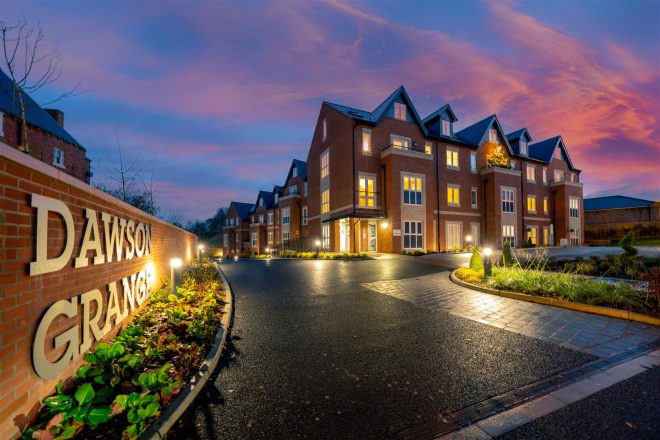Delivering ‘appropriate development’ isn’t always as simple as following the regulations. Box Architects CEO Graham Place argues that consideration of broader objectives should be central to the planning process.
“As architects, we often find ourselves arguing the case for ‘appropriate development’. But what exactly is appropriate?
Some planners might respond by saying there really is no argument; that it’s there in black and white in the regulations or urban plans. However, recent projects have reminded me that, in reality, it can be a hugely subjective topic – driven by the often competing challenges of a housing shortage, town centre decay and sustainability in all its forms.
While, as a practice, we have successfully reversed planning decisions on appeal by focusing on the bigger picture, it is encouraging to note that it doesn’t always get to that stage. Instead, we’re seeing that much greater collaboration between planners and local policy makers at an early stage is helping us redefine ‘appropriate’.
Take our recent project in Huddersfield town centre, for example. Here, the local council was (understandably) reluctant to lose prime retail space to a residential development. In reality, however, that fight was probably already lost. With Leeds just 20 minutes away, demand for retail space was falling – as was rental return – and redevelopment without change-of-use was not commercially viable.
In short, the modern high street is changing, and we need to explore different ways to bring it back to life. Working with the local council, we argued the case for a different kind of development – one that combined ‘life and leisure’ to encourage activity throughout the day.
In Ripon, we also experienced initial planning disappointment for a development of 29 retirement homes that would replace an ugly, flat-roofed former police station. Here, we stuck to our guns; believing passionately that our design would substantially improve the built environment and fulfil a need for quality accommodation within the city centre.
The application was approved on appeal, and the planning inspectors have subsequently agreed that the development (completed last year) ‘is entirely appropriate in terms of appearance and scale’.
Both are great examples of transforming an urban space though renovation or redevelopment, and delivering on sustainability objectives.
We faced a similar challenge near Leeds city centre, where a shared commitment between architect, client and planner to retain the integrity of a large Victorian house meant retaining and restoring the traditional red-brick façade, stone features, traditional sash windows and a myriad of historic architectural details.
The result is a sustainable development that is wholly ‘appropriate’ for the local area and the character of the original building – but appropriate on so many other levels too.”
“Much greater collaboration between planners and local policy makers at an early stage is helping us redefine appropriate.”
Graham Place, CEO, Box Architects
